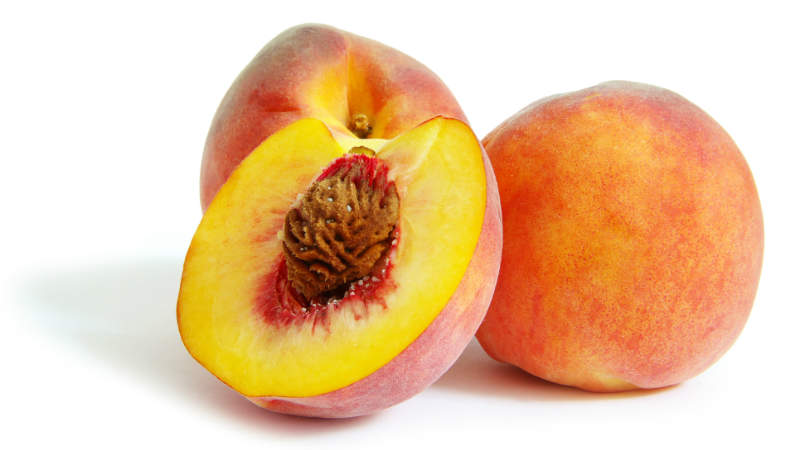
Global demand for exotic fruit is rapidly increasing. Today, the worldwide fruit puree concentrate market is valued at more than $400m (€332m) and is expected to grow to $700m (€581m) by 2026.
Similar growth is expected in the exotic fruit puree concentrate market, which is predicted to reach $274m (€227m) by 2026. What is causing this increase and how can exotic fruit processors meet the demand without compromising quality?
Consumer demands
The worldwide increase in consumption of baby food is a significant factor in the predicted expansion of the market. Alongside this, growth in the fruit juice industry and the increasing demand for fruit smoothies and other products is a further encouraging development in the sector.
Currently, fruit juices tend to be made from juice concentrate. However, manufacturers are starting to use puree concentrate instead. This shift provides consumers with a thicker, better-tasting, smoother drink and exotic fruits are a key ingredient within many of them.
Exotic fruits include high quantities of fibrous material, which further increases its consumer appeal from a health perspective. As ‘better-for-you’ products become more popular, the demand for fruit puree concentrate is only going to increase and so are the varied ways it is processed.
For example, when it comes to juice processing, most fruits are crushed and the juice is then extracted. However, as consumers look for better taste, a thicker consistency, and to keep some of the important nutrients intact, processors are responding by peeling the fruits and removing the skin, seed pockets, and stones to achieve a high-quality concentrate and puree.
Advanced technologies
Fruit peeling is an important part of the juice and smoothie manufacturing process. Current methods involve certain fruits such as peaches, apples, and mangos undergoing a lye peeling process. This sees produce pass through a boiling sodium hydroxide solution, which burns off the skin. However, this process uses large volumes of water and can lead to high levels of food waste, which makes the process inherently inefficient.
Technological advances in steam peeling have created significant advantages over lye peeling. These allow for reduction in water usage, limiting the amount of produce wasted and contributing towards an altogether more sustainable process.
Today, leading equipment manufacturers have delivered innovations, which can steam peel and sort a range of fruit including apples, mango, peaches, nectarines, and papayas. These innovations also help processors overcome problems found in particular fruit, such as the removal of seed pockets in apples and the pits in others. By helping in the removal of these issues, processors can provide a higher quality, smoother drink to consumers.
Using steam peeling to remove the skin and to create a smooth consistent surface around the outer surface and inner core, means that high volumes of fruits can be processed to a very high quality and with reduced waste. These high-quality peeled fruits form the basis of the concentrate and puree that can be used in many applications.
In recent years, TOMRA has worked closely with leading fruit processing companies in Europe and Asia to evaluate their steam peeling processes for use in high-volume fruit processing lines. The firm’s system enables processors to peel quickly and efficiently, so that the heat absorption of the fruit is significantly lower, in turn protecting it and making for a superior product.
Continuous improvement
TOMRA has been researching and developing innovations to bring the most efficient steam peeling machines to market.
The company works in partnership with customers to understand exactly what they need to grow their businesses and to deliver TOMRA’s brand promise of ‘trusted technology and partnership for better business and environment’.
Strengthened by this approach and the data it delivers, TOMRA can deliver bespoke solutions that enable customers to reduce waste, improve yields and, ultimately, enhance profits.










